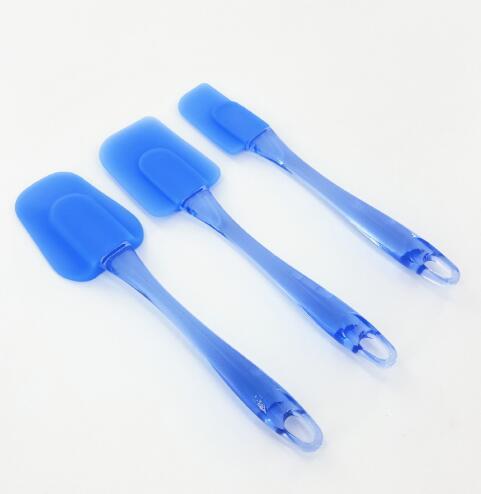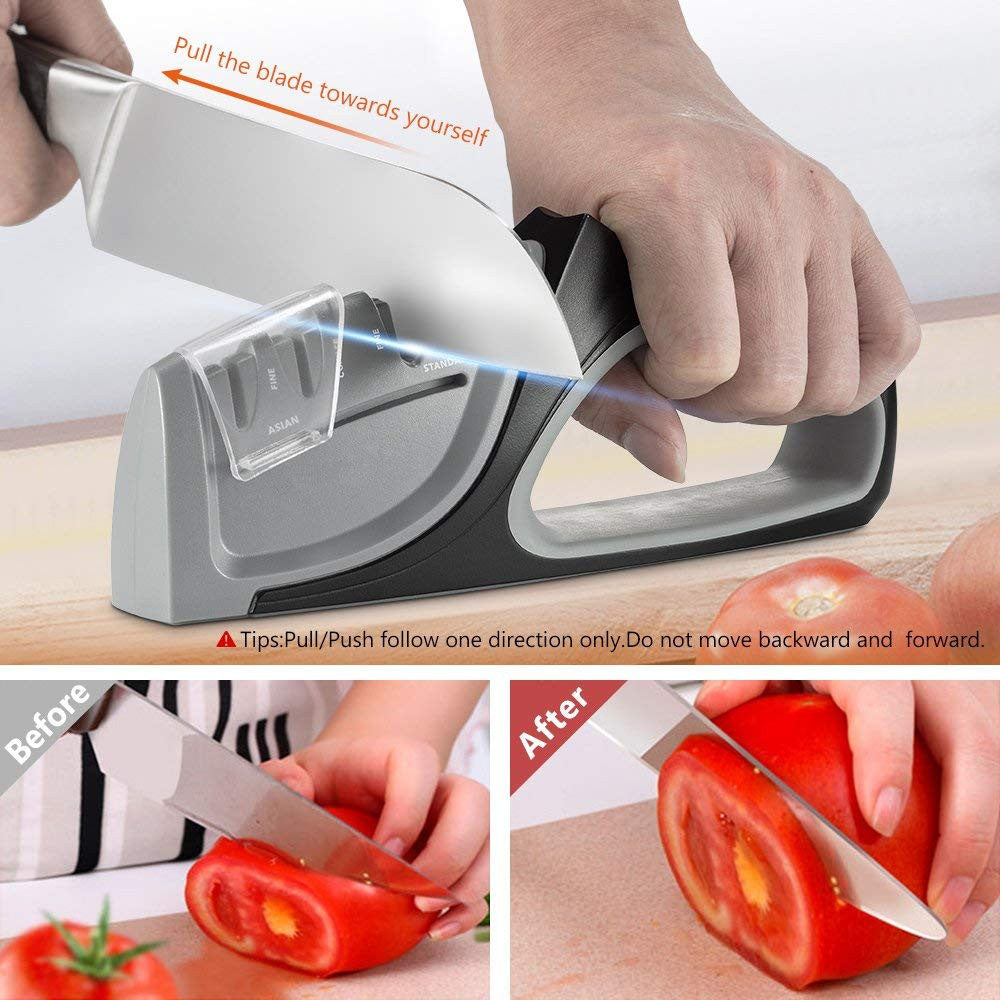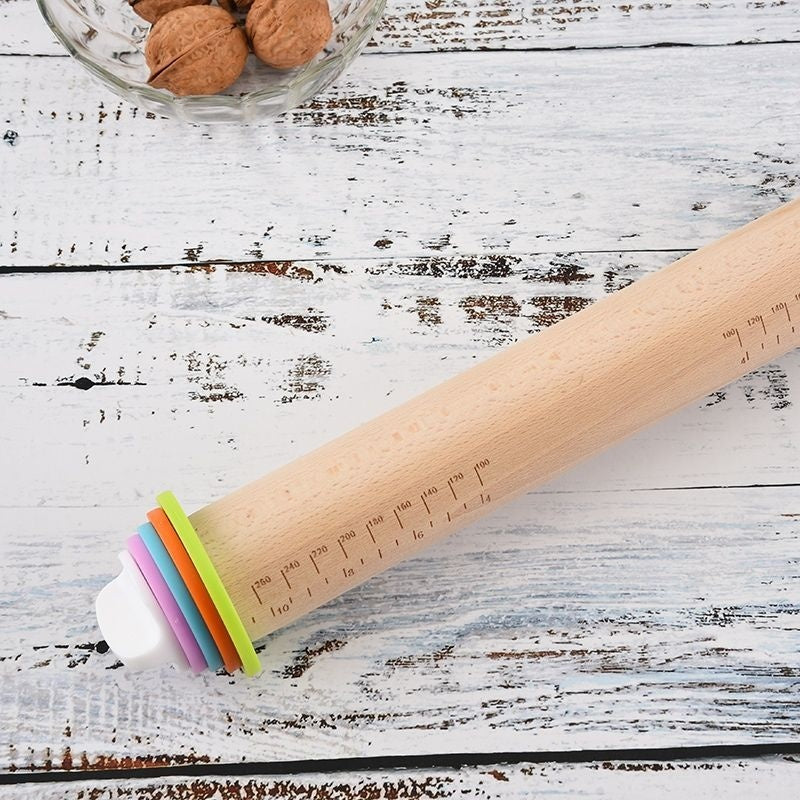Cooking is one of life’s most universal joys, and every great cook—whether professional or home-based—knows that the right tools make all the difference. Among the most essential tools in any kitchen are pans, and the age-old debate between non-stick pans and cast-iron skillets continues to divide home cooks worldwide.
Some prefer the modern convenience and easy cleanup of non-stick cookware, while others swear by the durability and character of cast iron. But which one is truly better? The answer depends on what, how, and why you cook. This in-depth comparison examines the pros, cons, and unique characteristics of both, helping you determine which one deserves the spotlight in your kitchen.
The Allure of Non-Stick Pans
A Modern Kitchen Essential
The invention of non-stick pans revolutionized home cooking. They first appeared in the mid-20th century and quickly became a staple for their ability to make cooking cleaner, faster, and simpler. Coated with a slick surface—typically Teflon (PTFE) or ceramic—non-stick cookware prevents food from adhering, making it possible to fry eggs or flip pancakes without using excessive oil or butter.
Today’s non-stick technology has evolved dramatically. Many brands now offer PFOA-free coatings, ensuring safety and eco-friendliness. This innovation has made non-stick pans the preferred choice for health-conscious cooks and busy households looking for convenience without compromise.
The Advantages of Non-Stick Pans
The biggest advantage of non-stick pans lies in their ease of use. You can cook delicate foods like eggs, fish, or crepes without worrying about sticking or tearing. They heat up quickly, allowing for shorter cooking times—perfect for busy mornings or weeknight dinners.
Cleanup is also a breeze. A gentle wipe with a soft sponge is often enough to remove residue. For many people, this convenience alone justifies the investment.
Additionally, non-stick pans encourage healthier cooking. Because they require less oil, they’re ideal for anyone seeking to reduce fat intake while maintaining flavor.
The Limitations of Non-Stick Pans
Despite their advantages, non-stick pans come with limitations. The coating, no matter how advanced, is vulnerable to damage. High heat, metal utensils, and abrasive scrubbing can scratch or peel the surface, reducing the pan’s lifespan.
Overheating a non-stick pan (especially above 260°C or 500°F) can also degrade the coating and release harmful fumes. Therefore, they are best used for low to medium heat cooking.
While non-stick cookware excels in everyday convenience, it struggles with tasks requiring high heat—like searing steak or crisping chicken skin. That’s where cast iron takes the stage.
The Enduring Legacy of Cast Iron
A Time-Tested Culinary Tradition
Cast iron cookware has been around for centuries, admired for its resilience and performance. Long before non-stick technology existed, cast iron was the go-to cookware for everything from frying and baking to roasting and simmering.
Made from molten iron poured into molds, these pans are exceptionally durable and versatile. What makes cast iron particularly special is its ability to retain and distribute heat evenly, ensuring perfect browning and consistent cooking results.
Perhaps the most fascinating quality of cast iron is how it becomes naturally non-stick over time through a process called seasoning. By repeatedly coating the surface with oil and heating it, you build up layers of polymerized fat that protect the pan and create a smooth, non-stick finish.
The Benefits of Cast Iron
Cast iron is known for its incredible heat retention. Once it gets hot, it stays hot. This makes it perfect for searing meats, frying chicken, or baking rustic cornbread. It’s one of the few types of cookware that can seamlessly move from stovetop to oven, making it ideal for recipes that require both sautéing and baking.
Durability is another huge advantage. A cast iron skillet can last a lifetime—or several. Many families pass them down through generations, their seasoned surfaces carrying decades of cooking history.
Cast iron also adds a certain charm to any kitchen. Its heavy, rugged look pairs perfectly with a rustic aesthetic, and many cooks find satisfaction in its old-fashioned simplicity.
The Challenges of Cast Iron
Despite its strengths, cast iron requires dedication. Unlike non-stick pans, you can’t simply rinse and store it. Cast iron must be washed carefully, dried immediately, and lightly oiled to prevent rusting.
It’s also heavy—lifting a 12-inch skillet can be a workout in itself. Heating takes longer, and cleaning can’t involve soap or dishwashers. But for those who appreciate cooking as an experience rather than a task, these rituals can be deeply rewarding.
Heat Performance: Quick Versus Steady
Non-Stick: Fast and Responsive
When it comes to heat responsiveness, non-stick pans excel. Most are made from aluminum, which conducts heat rapidly and evenly. This allows for quick temperature adjustments—perfect when cooking eggs, stir-fries, or pancakes.
However, because they lose heat quickly, they’re not ideal for recipes that require steady high temperatures. Once removed from the burner, a non-stick pan cools rapidly, making it less suitable for dishes that need consistent heat.
Cast Iron: Slow but Steady
Cast iron, in contrast, takes longer to heat up but retains that heat remarkably well. Once hot, it maintains a stable temperature, perfect for searing meat, frying, or baking. This makes it ideal for slow cooking or one-pan meals where you want deep, even flavors.
The difference in heat performance between non-stick pans and cast iron often dictates their roles in the kitchen. One favors speed and precision; the other prioritizes depth and consistency.
Maintenance: Simplicity vs Commitment
Caring for Non-Stick Pans
Non-stick pans require minimal maintenance. Simply avoid metal utensils, harsh scouring pads, or dishwashers. Stick to silicone, wooden, or nylon tools to protect the surface.
Regular cleaning involves mild soap and a soft sponge. Unlike cast iron, you don’t need to season or oil them after use. However, even with proper care, most non-stick pans wear out after three to five years, especially if used frequently.
Maintaining Cast Iron
Taking care of cast iron may sound intimidating at first, but it’s easier than most people think. The key is seasoning—coating the pan with a thin layer of oil and heating it to bond the oil with the metal surface. This process not only creates a natural non-stick layer but also protects the pan from rust.
After cooking, clean the skillet with hot water and a stiff brush or coarse salt. Avoid prolonged soaking or using soap, as it can strip the seasoning. Dry it completely and apply a light coat of oil before storing.
This may seem like a lot of work compared to non-stick pans, but once you establish a routine, it becomes second nature. Many cast iron owners even find joy in maintaining their pans—it’s part of the charm and heritage of using such traditional cookware.
Durability and Longevity
The Short Life of Non-Stick Pans
The convenience of non-stick cookware comes with a shorter lifespan. Even premium non-stick pans eventually lose their slickness. Once the coating starts to chip or peel, it’s time to replace the pan. Continued use can expose the metal underneath and pose potential health concerns.
Their lightweight construction, while practical, also means they’re more prone to dents or warping if overheated. So while they’re affordable initially, their replacement cycle adds up over time.
The Eternal Strength of Cast Iron
Cast iron wins hands down when it comes to longevity. With proper care, a cast-iron skillet can last decades, even centuries. Its solid metal construction means it’s nearly indestructible, and any damage—like rust—can be repaired through re-seasoning.
This durability makes cast iron one of the most sustainable cookware choices. It doesn’t end up in landfills every few years and can be recycled indefinitely. In an era where sustainability matters, that’s a major plus.
Cooking Style and Versatility
Non-Stick: Best for Everyday Cooking
If your daily menu includes eggs, pancakes, or sautéed vegetables, non-stick pans are the ultimate convenience. Their smooth surface allows for effortless flipping and easy cleanup.
They’re also great for cooking at lower temperatures and preparing quick meals. Whether you’re making a simple omelet or reheating leftovers, a non-stick pan simplifies the process.
Cast Iron: The Versatile Workhorse
Cast iron thrives in a wide range of cooking methods—frying, roasting, baking, and even grilling. It’s oven-safe, making it perfect for dishes like frittatas, skillet pies, and roast chicken. You can even use it over an open flame for outdoor cooking.
Its ability to caramelize, brown, and crisp foods gives it a distinct advantage over non-stick cookware. The flavor development in a cast-iron skillet is unmatched, making it a favorite among professional chefs and culinary enthusiasts.
Health and Safety
The Health Side of Non-Stick
Early generations of non-stick coatings used PFOA, a harmful chemical linked to health issues. Fortunately, modern non-stick pans are now PFOA-free and safe when used properly.
The key is to avoid overheating or scratching the surface. Once damaged, non-stick coatings can release fumes or particles that are best avoided. Using medium heat and appropriate utensils keeps them safe for long-term use.
The Nutritional Edge of Cast Iron
Cast iron is naturally non-toxic and chemical-free. In fact, trace amounts of iron may transfer into your food, which can be beneficial—especially for individuals with iron deficiencies.
However, acidic foods like tomatoes or vinegar-based sauces can strip the seasoning layer, so it’s best to limit those in cast iron cookware unless it’s very well seasoned.
Environmental Impact
Non-Stick: Disposable Convenience
Because non-stick pans wear out faster, they often contribute to kitchen waste. Their synthetic coatings and multi-layer designs make recycling difficult. While their production is improving in terms of safety and sustainability, their shorter lifespan still poses an environmental disadvantage.
Cast Iron: The Eco-Friendly Option
Cast iron is one of the most environmentally friendly cookware choices available. It’s built to last, can be refurbished indefinitely, and often passed down through generations. Buying a single cast-iron pan can eliminate the need to purchase multiple replacements, significantly reducing waste over time.
Aesthetic Appeal
The Sleek Look of Non-Stick
Non-stick pans have a sleek, contemporary appearance. They come in various colors and finishes, blending well with modern kitchens. Their lightweight design and clean look appeal to those who prefer minimalism and convenience.
The Rustic Charm of Cast Iron
In contrast, cast iron embodies rustic elegance. Its matte black surface and sturdy build add character to any kitchen, especially when paired with wooden or stone elements. Many cooks use their cast-iron pans as serving pieces, bringing a warm, homely feel straight from stove to table.
Price and Value
Affordable but Temporary
Non-stick pans are relatively inexpensive, with quality models available at accessible prices. However, their limited lifespan means you’ll likely replace them every few years. In the long run, this can make them less cost-effective despite the lower upfront cost.
A Lifetime Investment
Cast iron requires a higher initial investment of time and sometimes money, but it’s a one-time purchase. Properly maintained, a single cast-iron skillet can serve you for decades. Considering its durability and versatility, it’s one of the best values in cookware.
Which Is Better?
The battle between non-stick pans and cast iron ultimately depends on your cooking style, habits, and priorities.
If you value convenience, light cooking, and quick cleanup, non-stick pans are your best bet. They’re ideal for everyday use, especially for delicate foods like eggs, pancakes, and fish.
If you love rich flavors, high-heat cooking, and durability, cast iron is unbeatable. It’s perfect for searing meats, slow-cooking stews, and even baking. Though it demands more care, it rewards you with incredible performance and longevity.
Many experienced cooks use both: non-stick for light, fast meals and cast iron for hearty, flavorful dishes. Each brings something special to the kitchen, and together they cover the full spectrum of cooking needs.
Conclusion: The Best of Both Worlds
So, non-stick pans vs cast iron— which is better? The answer isn’t one or the other. Each type serves its purpose and shines in different situations.
Non-stick pans are about ease, efficiency, and everyday cooking comfort. Cast iron represents tradition, craftsmanship, and timeless quality.
For the modern home cook, having both means enjoying the best of both worlds—a pan for effortless breakfasts and another for soulful, flavor-packed dinners. The right choice isn’t about trends or brand names; it’s about finding what fits your kitchen rhythm, your food, and your passion for cooking.



